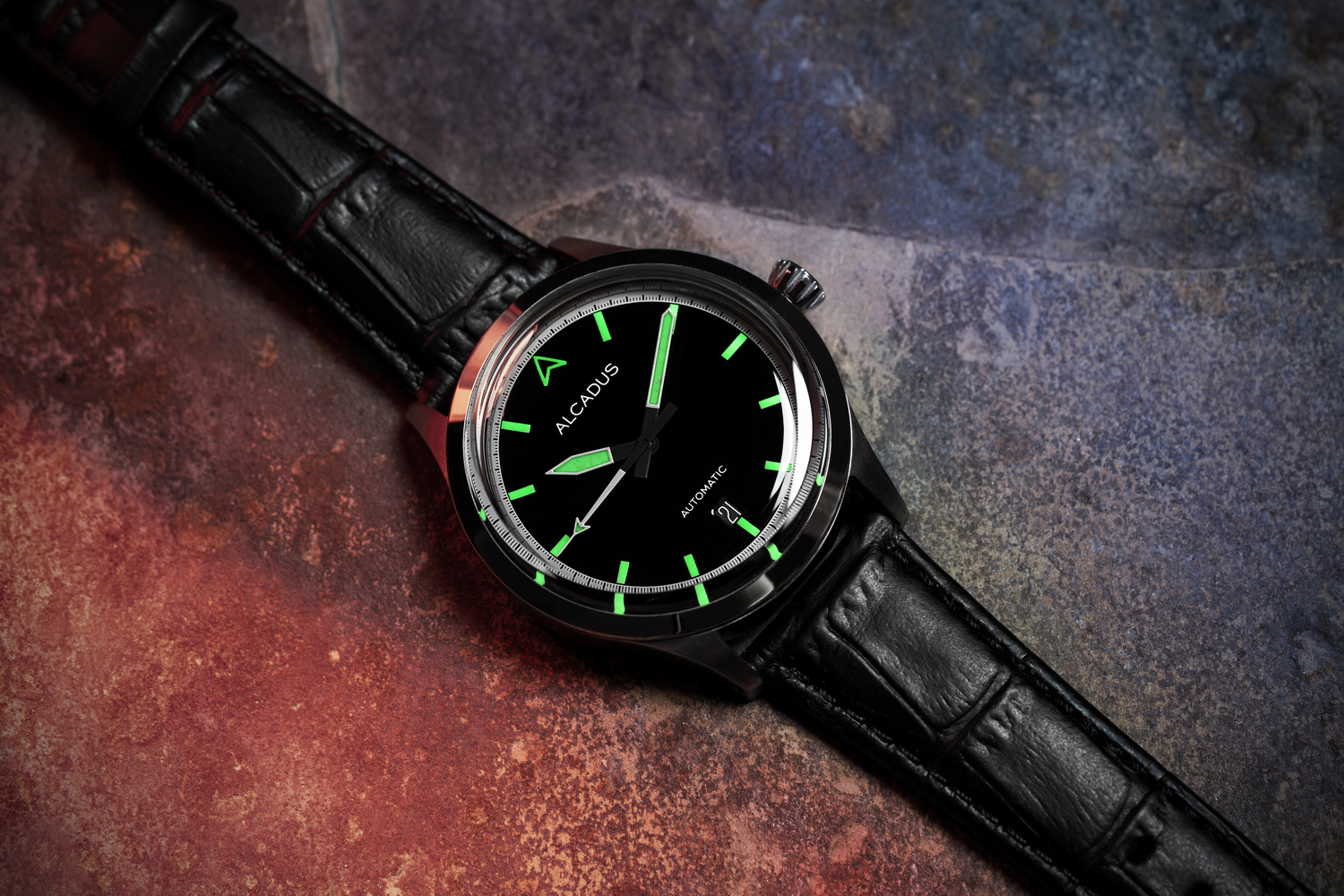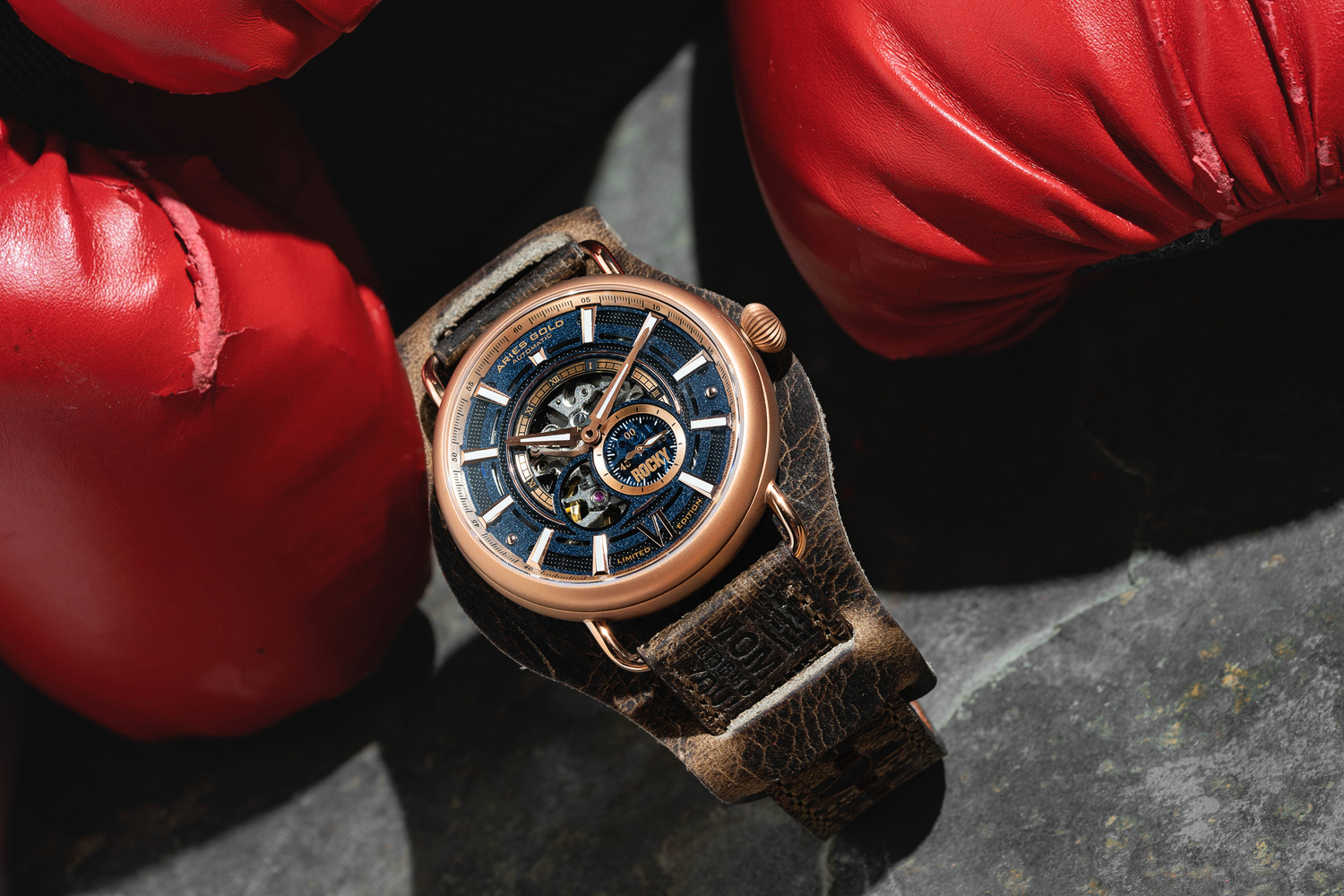Whether you love watches, rings, or everything in between, as a photographer, you're going to want to take a picture of them at some point. What might seem straightforward can actually prove rather tricky.
Avid readers (presumptuous of me to make that plural) of mine will know that while it's not normal, I first started photography because of macro images. I was a part of a car community that had some photographers who shared their macro photographs in an "off topic" section, and one day, too long ago, I stumbled upon it and was transfixed. The intricacies of insects, the colors, the detail; it was a whole world I'd never seen before. Before long, I had a cheap DSLR, kit lens, and a macro filter, and I was doing my best to work out how it all functioned.

A spider furious at a bee for landing on his sunflower.
I spent hours and hours per week for years teaching myself macro photography, but it was some time before I realized I could combine it with my other passion: watches. The best thing about photographing watches was that I didn't need to hunt them down in the garden (although I'd love a garden where that was possible.) Well, that and the fact it was a commercially viable type of macro photography. I have been working with watch brands for years now, and so, I thought I'd share some tips for photographing jewelry.
1. Control All the Light
Good photographers will often shape and control the light in their portraits, but when it comes to products — particularly shiny ones — you need to control all the light if possible. I will typically use multiple lights (often three: key light, rim light, and background, secondary, or scene light) as well as a reflector or two to highlight details I want brought out in the final image. However, I will also use black velvet sheets to block all light (including bounced light) from getting involved. I would recommend starting with one light and then adding more in one by one and working out what you need to get the shot you want. Do your best to be the one who decides all light that hits your jewelry and avoid window light, room lights, and any other sources that may intrude if not controlled.

Alcadus OPUS 39
2. Cropping Is Often Crucial
With macro photography's inherently low depth of field, pretty much regardless of your aperture, you might find that crucial parts of your subject are slipping out of focus. With watches, that's typically the brand name, for example. One underrated and effective way of avoiding that is to take a literal step back. Shoot the piece from a little farther back than you want to and then crop in to get the desired amount of the product in the final frame.
You can crop images a lot more than you might think, and they will still be able to printed enormously without noticing, particularly if you have a modern DSLR or mirrrorless. The hardest part of this, for me at least, is correctly visualizing the scene post crop while still shooting it. You can easily get an idea from zooming in with the playback function on your camera, but without experience, it can still prove tricky to get right.

Formex Essence
3. Learn How to Stack Images
So, in stark contrast to tip number two, sometimes, you don't want to crop and you just want the full sense of grandiosity and detail without sacrificing pixels or increased noise. For this, you need to learn how to stack images. It's fiddly if not automated (I don't automate the photography side), but with a little practice, it can be highly rewarding. I'll let you Google some tutorials, as there is a plethora, but in essence, you want to take many images, all with the focus moved by a millimeter or so, and then stack them together into one image, making the whole product clear and in focus.
This can give an incredible sense of scale, but be warned, the closer you get, the more frames will need to be stacked together. The below image is in excess of 100 individual images stacked together, which is not uncommon for me to do.

Visser Sky Red
4. Be Mindful of Reflections
I'll start this one with a horrendously embarrassing story from very early on in my career. I started working with a brand, and I was keen to impress. I created one particular image I was happy with and excitedly shared it with the client immediately. What I hadn't noticed was in the curved, smooth metal bezel, was a warped but still rather clear reflection of my face. The client, finding the whole thing hilarious, rang me to show me what I'd missed. Though I found it amusing, my shame knew no bounds.
This is one of the key problems with photographing jewelry; it's invariably shiny and reflective. Similar to why you must control all the light, you must also control the surroundings. One splash of color, one weird shape, or your gormless face lurching over it can at worst ruin your image and at best, give you a large amount of retouching to resolve. That said, well-placed reflections of light are aesthetically pleasing and can give a better sense of depth to the product.

5. Everything in the Frame Matters
For the Amazon style images in a light cube or on a plain white background, this isn't something you need to consider. But for more interesting, commercial style images, everything in that frame matters. Whether it's a prop to set the scene and give the viewer a sense of a theme or setting or the blurry background barely able to be deciphered as anything in particular, you need to take care with it. It's all too easy to get wrapped up in the moment, see the piece of jewelry looking stunning, and packing up. I have taken more images than I could possibly count that when I got back to the PC to check them out, I spotted that the setting was wrong and distracting. You must make sure the focus (that is, the viewer's eye, in this sense) is where you want it to be.

Bonus Tip: Dust Is Your Enemy, and so Are Your Hands
In fancy jewelry stores, you will often see the clerk using white silk gloves to handle anything you are shown. This is something you should really mimic when you are photographing any kind of jewelry. You will leave finger prints, smudges, dust, or even just dull the shine of the subject with your grubby little mitts. The worst part is you almost certainly won't be able to see it until you get the images up on the big screen. Even when I stream the shoot onto an iPad, I can miss fingerprints or flecks of dust obscuring detail. They are a nightmare to Photoshop out.

If you can't stop yourself from touching the jewelry or making it dusty, have your friend fire an industrial standard flamethrower at you from behind the piece.
Conclusion
Using your camera to photograph jewelry can be a steep learning curve with all the considerations, but it's by no means insurmountable. Take your time, have some patience, and identify flaws in the images you take and how you can fix them going forward, and you'll be creating commercial-grade imagery in no time.
Have you taken photographs of jewelry? Share them in the comments below along with any tips you might have!







Nice article. Thanks!
Great points. Practice with depth of field work, adding textures, and enjoy looking over the details.
yes, making sure the items are as pristine as possible saves lots of post work. You might not see those details until you're in post, but the more you do it, the more you'll notice those issues. Lighting, lighting, lighting.
It's fun to take pics of vintage jewelry for older family members or others who collect them. It is a good addition to the skill set if you know boutiques who need product photography.
In my case, I've enjoyed going through my favorite watches and enjoying their details.
Good article. A trick I learned shooting shiny objects or surfaces is to have a large fan, on a low speed blowing across the set. The air flow isn't enough to disturb the subject but will keep dust from settling.
With watch shots remember to set the time to as close to 10:10 as possible without obscuring a dial or branding. With Jewellery, a scrim is your best friend!
I really like the ring photo. Did you use different lighting schemes? I am particularly interested in knowing how you achieved that nice diamond :)
Each stone is different, but I like to keep the lighting as soft as possible. Moving the light source to see how it interacts with the stone.
Dust is the worst! Take something out of its package, shoot it within a minute and there's dust all over it. I don't know if it's just this room or if it's completely "normal".
Pretty normal unless you shoot in a high-end watchmaker's lab which is pressurized and incredible! The worst part about macro stacking is you'll pick up dust there's no way you could see with the eye really.
First tip should be to spell jewellery correctly.
Correct for whom; a Brit or a Yank?
I'm English but Fstoppers uses American English. My choice of spelling wasn't an accident.
Totally what I thought. I actually have UK English set as my default for most apps, (as that is how most of the English speaking world would have it), but a few have US English set, (because I live in the US).
Growing up in Jamaica, we learn, “the word is, ‘neighbour,’ but it the US, they write, ‘neighbor,’” et al.
My comment was directed at Robert Lavers. Had you written, “jewellry,” then I might have taken issue with you. 😄😁😅
So nice and great Jewellery shot of two rings on an ice background it's also very helpful information so thanks a lot for sharing us. Looking forward to reading more.
Do you need any kind of photo editing services for your business...!!!
Clipping Path Products [CPP] offering very competitive prices and with the quickest possible lead time to deal with all your editing needs. Having experience of work with freelance photographers, production companies, online and e-commerce business shops worldwide, we are committed to providing high-quality editing facilities within 24 hours.
Please visit our website:
https://www.clippingpathproduct.com